In 2025, restaurant SEO means more than just optimizing for Google—it’s now OmniSearch SEO.
With diners searching not only on traditional search engines, but also on maps, review sites, and AI-powered platforms, your online visibility depends on how well your restaurant shows up wherever people look for their next meal. Game-changing trends like AI-powered search and voice search optimization are accelerating this shift, making a holistic SEO strategy absolutely essential for attracting new customers and staying ahead of local competitors.
Unfortunately, many restaurant owners still underestimate SEO’s impact – settling for incomplete digital coverage and missing diners who search across multiple channels. As customer behavior evolves, OmniSearch SEO ensures your restaurant ranks higher not only on Google, but also across maps, AI assistants, review sites, and emerging AI platforms.
SEO For New Restaurants

Don’t wait until opening day to think about SEO! The moment you secure your restaurant’s location, start investing in SEO to ensure your new location gains online visibility fast and attracts local customers from day one.
The checklist below will help you cover all three pillars of restaurant’s online visibility – Local SEO, Organic SEO, and AI Search Optimization – so your business can reach and convert diners wherever and however they search in 2025.
SEO Checklist
For Restaurants
Get a clean, print-ready version of our Free Restaurant SEO Checklist — perfect for sharing with your marketing team or keeping handy as you optimize your website.
Local SEO
Local SEO helps your business stand out to customers in your area—on Google Maps, local search results, and “near me” searches. Use this checklist to fully optimize your local visibility:
🔲 Google Business Profile (GBP)
- Claim & Verify: Claim and verify your restaurant’s Google Business Profile to take full control of your online presence.
- Optimize Completely: Ensure every detail is accurate — hours, menu link, amenities, and attributes such as “outdoor seating” or “family-friendly.”
- Add Visual Appeal: Upload high-quality, authentic photos of your food, interior, exterior, and team. Refresh them regularly to keep your profile engaging.
- Boost Local Visibility: Use location-based keywords in titles and descriptions (e.g., “Best Pizza in [City]”) to improve your ranking in local searches.
🔲 NAP Consistency
- Verify Accuracy: Ensure your restaurant’s Name, Address, and Phone number (NAP) are identical across all online platforms and directories.
- Check Key Listings: Review Google, Yelp, Facebook, TripAdvisor, and major local directories for consistency.
- Maintain Uniformity: Even small variations (like “St.” vs “Street”) can affect your local SEO ranking — keep all entries consistent.
🔲 Local Directory Citations
- Build Authority: List your restaurant on reputable local and industry-specific directories to strengthen local SEO.
- Choose Quality Over Quantity: Focus on trusted sites like Yelp, TripAdvisor, OpenTable, and local chamber or tourism listings.
- Ensure Accuracy: Keep all business details consistent with your Google Business Profile (name, address, phone, and website).
🔲 Reviews Management
- Encourage Feedback: Ask satisfied customers to share their experiences on Google, Yelp, and other review platforms.
- Respond Promptly: Reply to every review — positive or negative — to show engagement and care.
- Boost Visibility & Trust: Active review management improves local rankings and builds credibility with potential customers.
Organic SEO
Organic SEO improves your website’s visibility across standard Google search results, helping you rank for the keywords your customers use every day. Use this checklist to optimize your organic SEO performance:
🔲 Restaurant Keywords
- Research Strategically: Identify primary and related restaurant keywords for every website page using tools like Google Keyword Planner, Ahrefs, Moz, SEMRush, Ubersuggest, or the NGAZE Platform.
- Assign Focus Keywords: Each page should target one primary keyword and one or more closely related secondary keywords to strengthen relevance.
- Analyze Search Intent: Understand what users are searching for — whether it’s informational (“best pizza in Chicago”) or transactional (“order pizza online Chicago”).
- Example – Pizzeria in Chicago:
- Homepage: Best Pizza in Chicago
- Menu Page: Chicago Deep Dish Pizza Menu
- Order Page: Order Pizza Online Chicago
- About Page: Family-Owned Pizzeria in Chicago
🔲 On-Page Optimization
- Optimize Page Titles: place primary keyword first, use pipes, keep under 70 characters, unique per page, indicate brand only on homepage/contact.
Example: ✅ “Pizza Chicago | Deep Dish Pizza & Italian Cuisine” - Write Unique Meta Descriptions: include keyword, keep under 160 characters, make it enticing.
Example: ✅ “Craving authentic deep-dish pizza in Chicago? Order online now for the best Chicago-style pizza delivery!” - Optimize URLs: short, keyword-rich, hyphen-separated, avoid changing existing URLs.
Example: ✅ yourrestaurant.com/pizza-menu - Structure Heading Tags Correctly: single H1 per page (front-loaded with keyword), natural use in H2/H3.
- Maintain keyword density at 1–2%, avoid keyword stuffing.
- Place clear calls-to-action (CTAs) above the fold on every page.
Examples: “Order Online,” “Reserve a Table,” “Call Now.” - Optimize Images: descriptive filenames, alt text includes keywords, compress images for page speed.
🔲 Internal Linking
- Connect Key Pages: Add internal links throughout your content to guide visitors and search engines between related pages (e.g., Menu → Online Ordering or Online Ordering → Menu).
- Use Keyword-Rich Anchor Text: When linking, use natural phrases that include the target keyword of the destination page.
- Cover Major Pages: Ensure your homepage links to all key sections — menu, about, contact, and online ordering.
- Enhance SEO & User Experience: Strengthen topic relevance and engagement by linking to related content, such as menu items connected to blog posts like “Best Italian Dishes in [City].”
🔲 Technical SEO Fixes for Restaurants
- Eliminate Duplicate Pages: Remove or consolidate duplicate menu pages (a common issue when PDF menus are indexed).
- Optimize Images: Compress and resize large images to improve site speed and mobile performance.
- Fix Broken Links: Regularly check and repair broken links — especially in key areas like menus, reservations, and contact pages.
- Implement Breadcrumbs: Add breadcrumbs to help Google understand your site structure and improve navigation.
- Add Structured Data (Schema): Use schema markup for menus, recipes, reviews, events, and reservations to enhance search visibility and earn rich results.
- Ongoing Maintenance: Refresh website content, optimize metadata, and run periodic technical SEO audits to keep your site performing at its best.
AI SEO
AI Search SEO increases your visibility across AI-driven platforms like ChatGPT, Perplexity, Gemini, and Bing Copilot—ensuring your restaurant appears in conversational answers and recommendation lists. Use this checklist to optimize your AI search visibility:
🔲 Structured Data
- Add schema markup for menus (
RecipeorMenuschema). - Ensure structured data and schema markup are up-to-date for new AI-powered SERP features like answer boxes and local recommendations.
- Automate review monitoring with AI-based tools; respond to user-generated reviews quickly and authentically.
🔲 Core Web Vitals
- Check each page with Google’s PageSpeed Insights Tool. It will tell you just how well each page is performing and exactly what you can do to improve it.
- Pay attention to Mobile Performance Score, since majority of site visitors are mobile – aim for a score over 90+
- Optimize images, enable caching, and minimize code.
- Test mobile speed and usability, as these are key ranking factors in machine-learned search outcomes.
🔲 Content & UX Enhancement
- Expand FAQ sections to target long-tail and conversational queries; prioritize questions used in voice search (e.g., “Does [Restaurant] have vegan options?”).
- Structure content to answer intent-driven, predictive queries, increasing chances of selection by AI-powered search engines, e.g., Google SGE.
- Utilize video and rich media (menu walkthroughs, brief promo/interview clips) to engage users and improve AI-powered visual discovery.
- Embed a Google Map (improves local relevance).
- Automate review monitoring with AI-based tools; respond to user-generated reviews quickly and authentically. These are positive signals for AI engines.
🔲 Local & Mobile
- Local and Mobile Optimization: Ensure Google Business Profile and local citations are flawless, and the restaurant website is fast and mobile-friendly, as AI search heavily factors in local relevance and user experience.
Ongoing SEO Maintenance For Long-Term Restaurant Success

SEO isn’t a one-time task—it’s a continuous process that keeps your restaurant visible, competitive, and ahead of local rivals. These steps ensures your rankings don’t slip and your online presence stays fresh:
Monthly Tasks
- Update Google Business Profile (GBP) – Refresh photos, adjust holiday hours, and post monthly offers (e.g., “Sunday Brunch Special”).
- Monitor & Respond to Reviews – Aim for 5-star responses (even to negative feedback) to boost reputation and SEO.
- Check Local Rankings – Track keywords like “[Cuisine] near me” and adjust content if rankings drop.
Quarterly Tasks
- Refresh Website Content – Add seasonal menu items, blog posts (e.g., “Best Fall Cocktails in [City]”), and update metadata.
- Audit Technical SEO – Fix broken links, optimize image types and sizes, and test mobile page loading speed.
- Analyze Competitors – Spy on rival restaurants’ GBP updates, backlinks, and new keywords.
Semi-Annual Tasks
- Renew Schema Markup – Ensure menu description and prices, hours, and events are up to date in structured data.
- Deep-Clean Citations – Verify NAP (Name, Address, Phone) consistency on all directories.
- Reevaluate Keywords – Shift focus if search trends change (e.g., more “vegan options” searches).
Pro Tip: Set Google Alerts for your restaurant name to catch unlinked mentions (and turn them into backlinks!).
Restaurants that neglect ongoing SEO lose 20-30% of traffic within 6 months. Consistent updates signal to Google that your business is active and relevant, helping you outrank stagnant competitors.
Need Full-Service Restaurant SEO Support?
If you’re ready to take your restaurant’s SEO to the next level, partner with The Digital Restaurant as your specialized restaurant SEO agency. You’ll gain access to our powerful NGAZE.AI marketing platform — and our expert restaurant SEO team can manage everything for you, from local optimization to full-scale SEO execution.
Feeling overwhelmed by SEO? Let our restaurant SEO specialists handle it for you!
With NGAZE AI marketing tools and our comprehensive restaurant SEO services, we’ll help your restaurant rank higher, attract more local customers, and grow revenue — all while you focus on running your business.
👉 Ready to grow? Get in touch today.
Next Steps:
- Schedule a free 30-minute consultation with one of our marketing experts to develop a customized marketing strategy for your restaurant.
Don’t let your competitors claim a bigger slice of the market. Take action today and watch your restaurant’s success soar!
FAQs
What is OmniSearch SEO and why is it important for restaurants?
OmniSearch SEO ensures your restaurant is visible across all search platforms—Google, maps, review sites, and AI assistants—helping you reach diners wherever they search.
When should new restaurants start working on SEO?
SEO should begin as soon as you secure your location, including claiming your Google Business Profile and building a mobile-friendly website, to gain visibility from day one.
How can restaurants optimize for AI-powered search engines and voice assistants?
Optimize with natural language, structured data like schema markup, conversational FAQs, and regularly updated content to appear in AI-generated recommendations.
How can ongoing SEO maintenance benefit my restaurant business?
Regular updates to your website, fresh content, review management, and technical audits keep your restaurant competitive and help maintain high search rankings over time.
Can I do restaurant SEO myself, or should I hire an expert?
While some basic SEO tasks can be done independently, restaurant SEO—especially in the complex omnisearch and AI-driven landscape—requires specialized expertise and ongoing effort. The Digital Restaurant specializes exclusively in restaurant SEO, offering tailored strategies and advanced AI tools that save you time and deliver proven results. Partnering with us ensures your restaurant ranks higher, attracts more customers, and stays ahead of competitors without the guesswork or overwhelm.
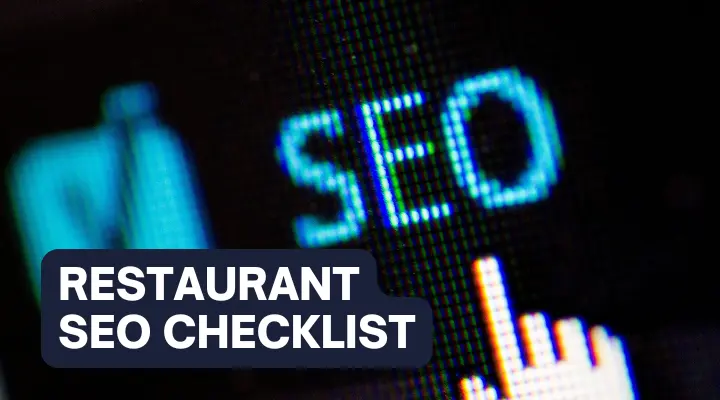
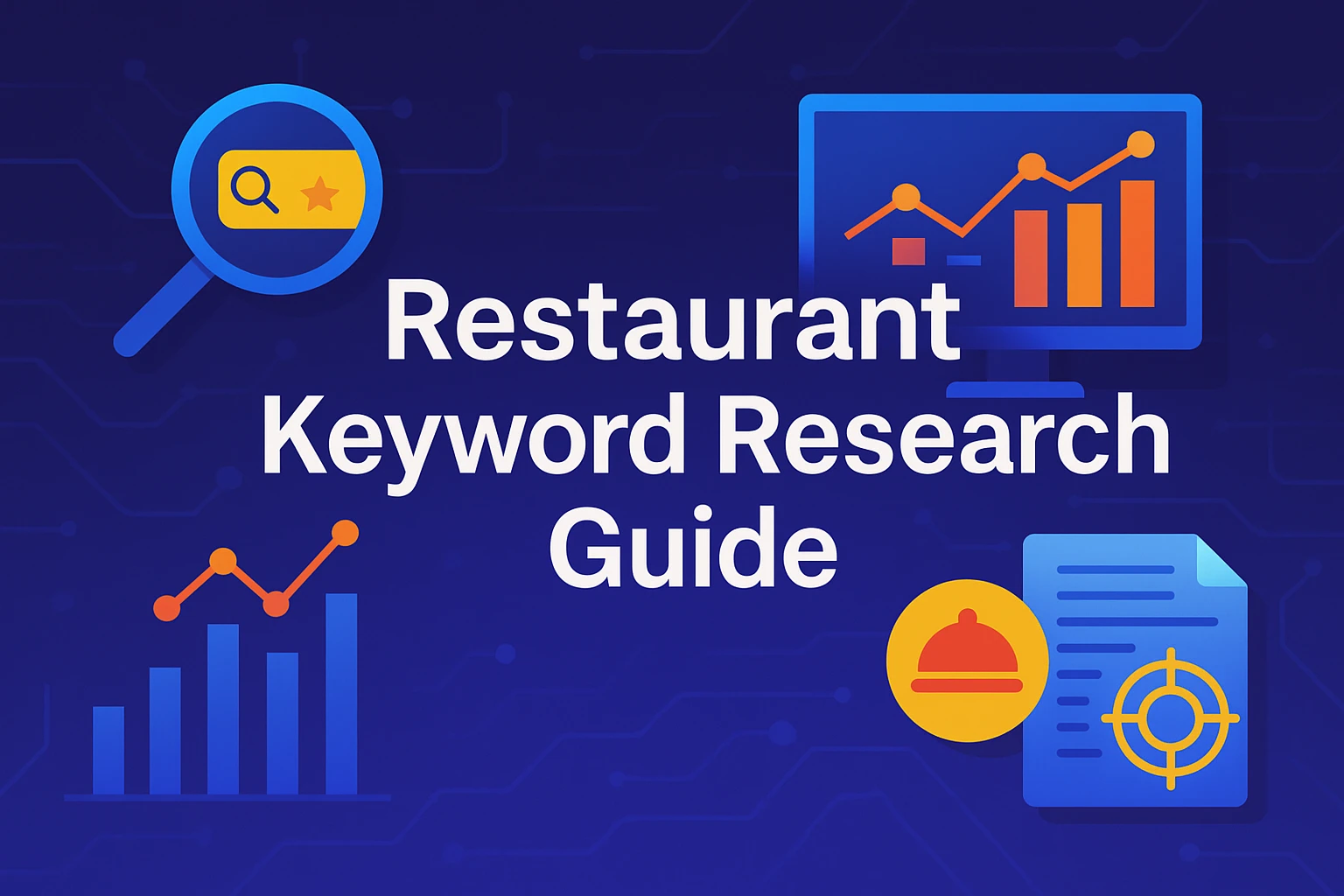

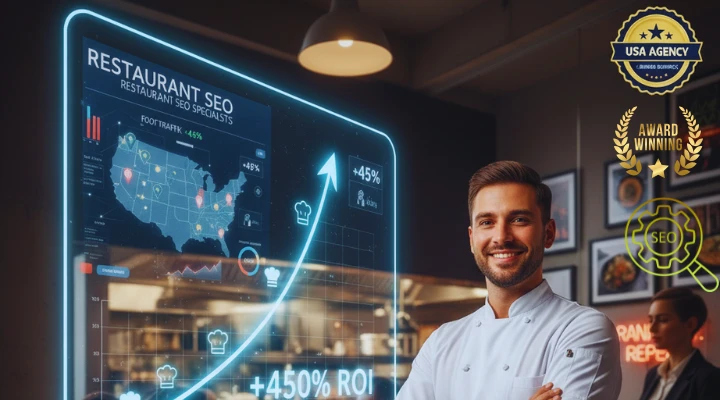
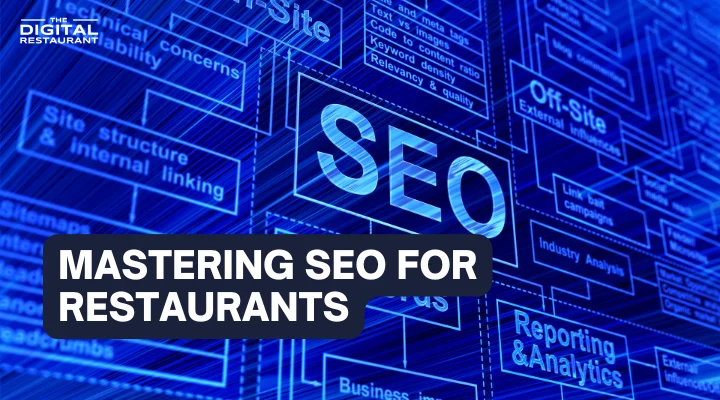
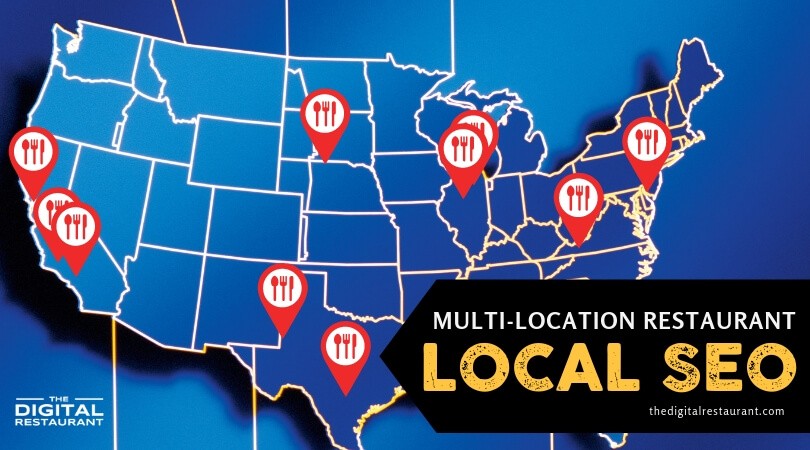



Leave a Reply